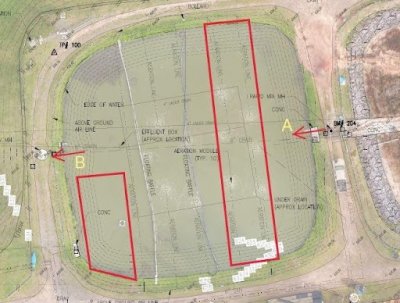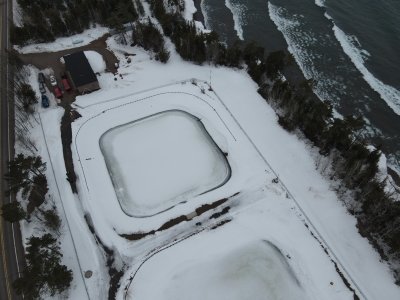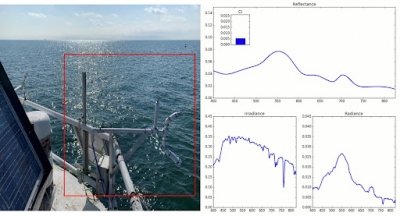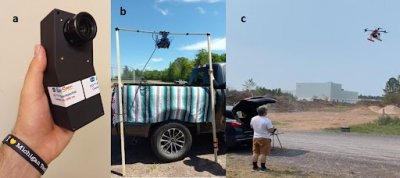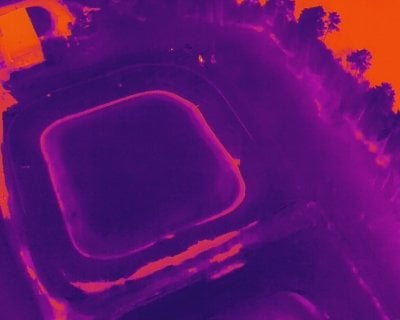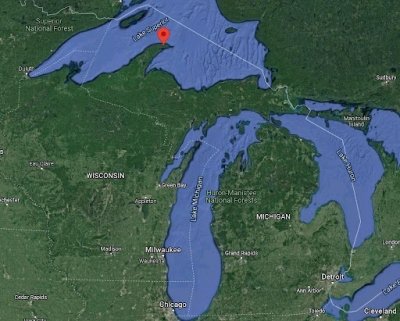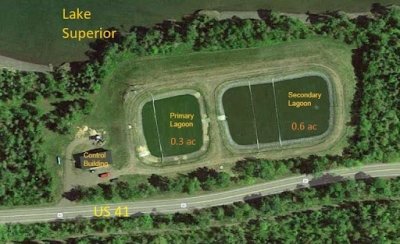 The aim is to assist a small community with a population less than 10,000 to improve
nutrient removal of ammonia, nitrogen, and phosphorus from the wastewater treatment
lagoons using innovative technologies. The northwestern Michigan community ready
to work with the project team lies in a humid continental climate, where the mean
temperature range is 17.0 to 64.9 degrees F (NOAA 2021) and the average seasonal snowfall
is approximately 200 in/yr (Keweenaw County 2021); representing climate extremes found
across the U.S. The pilot sustainable floating treatment wetland and monitoring system
to be developed and demonstrated here at a low cost will be transferable to similar
climates and communities across the U.S.
The aim is to assist a small community with a population less than 10,000 to improve
nutrient removal of ammonia, nitrogen, and phosphorus from the wastewater treatment
lagoons using innovative technologies. The northwestern Michigan community ready
to work with the project team lies in a humid continental climate, where the mean
temperature range is 17.0 to 64.9 degrees F (NOAA 2021) and the average seasonal snowfall
is approximately 200 in/yr (Keweenaw County 2021); representing climate extremes found
across the U.S. The pilot sustainable floating treatment wetland and monitoring system
to be developed and demonstrated here at a low cost will be transferable to similar
climates and communities across the U.S.
The project team will demonstrate a floating treatment wetland (FTW) system deployed in a lagoon in northern Michigan. The nutrients will be monitored by physical tests, the biological community (bacteria) population composition and growth in the pond and associated with the FTW will be monitored by next generation sequencing and hyperspectral in-situ and remote sensing, and the removal fate of nutrients and dissolved organics investigated by sunlight experiments. BioWin modeling will be completed along with life cycle cost and environmental assessments to evaluate technical, economic, and environmental system performance.
The system is expected to lower nutrient levels from those currently in the lagoon used in this study and lower the risk to aquatic life from discharge to natural waterways. The comprehensive capital and operational costs of the proposed system will be evaluated and compared to conventional lagoon treatment systems to illustrate the potential for cost-competitive nutrient removal. Environmental life cycle assessment work will illustrate any potential environmental tradeoffs inherent in the proposed system and point towards areas of future research and development to further improve the environmental performance of the system. The pilot system will be packaged for transferability, including complete documentation and training recommendations for small, rural, and tribal communities.
This research is funded by the Environmental Protection Agency (EPA), award number 84046901.
